
what you'll learn...
Overview
Complex Plane
» Real line extended to complex plane
→ Argand Plane
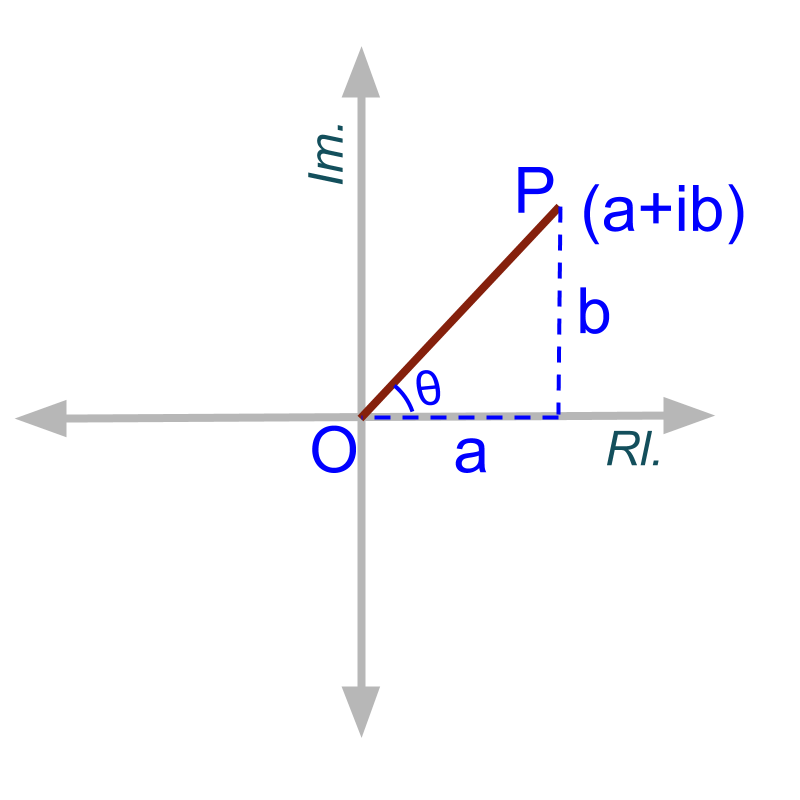 » Complex plane for
» Complex plane for
→ real part on real-axis or real-line
→ imaginary part on imaginary-axis
→ coordinate equivalent
Modulus
» distance from origin is modulus
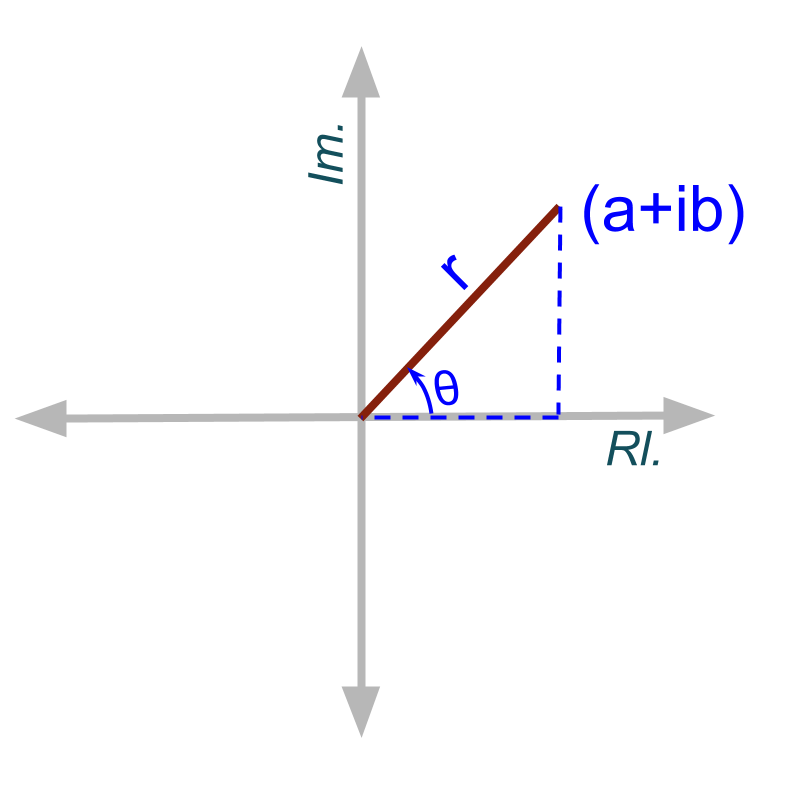 »
»
by Pythagorean Theorem
Argument
» Angle with positive real-axis
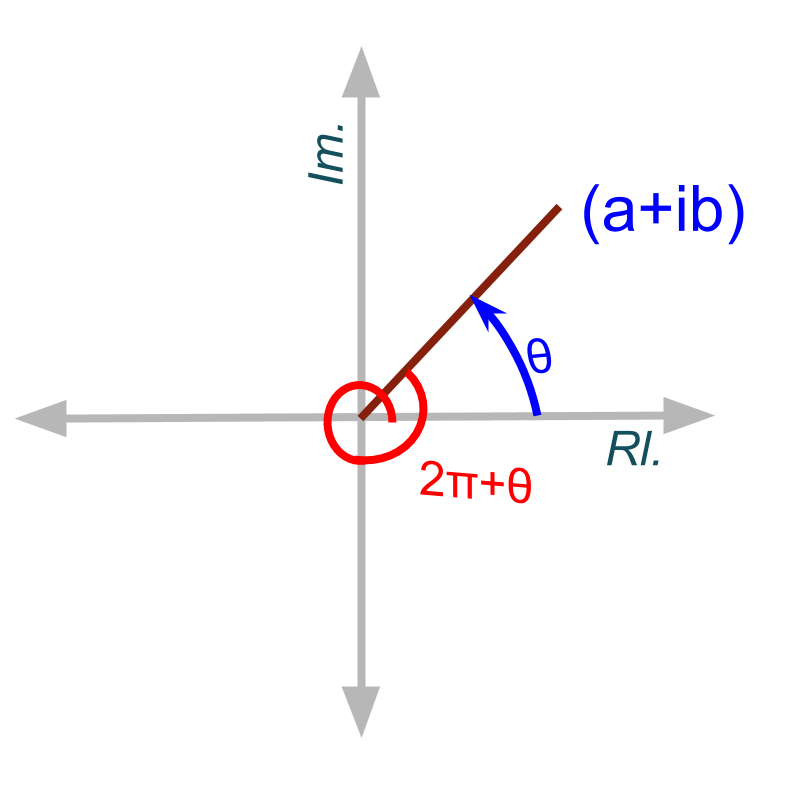 »
»
» Arguments where
» Principal argument where
Polar form
2 dimensional plane
Consider the plane with -axis and -axis, where a ordered pair of is represented with a point on the plane. This plane called '2D Cartesian Plane'.
The complex number representation is simplified to the form . This can also be considered as a ordered pair with the numbers being real numbers.
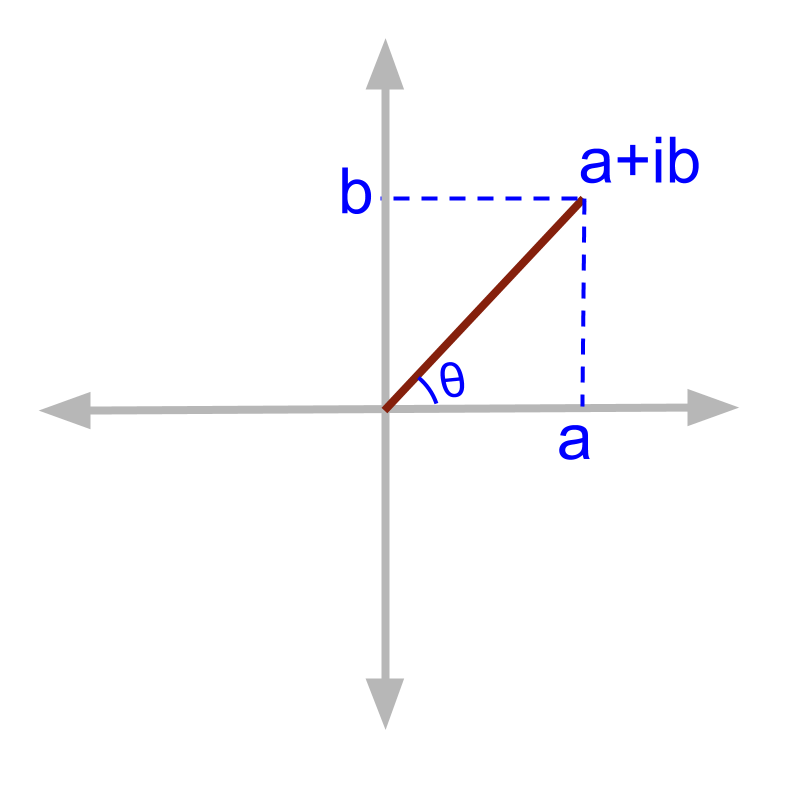
Similarity between points in 2D Cartesian plane and the complex numbers leads to definition of Complex plane. The complex plane is also called Argand plane named after the French Mathematician J R Argand.
Complex Plane or Argand Plane: A 2D plane in which a complex number is assigned to a point as displacements along two axes of the plane.
A Complex number is represented on complex plane as shown in the figure. The axis on which real part is shown as displacement on that axis is called the real axis.
The axis on which imaginary part is shown as displacement on that axis is called the imaginary axis.
What is the point corresponding to the complex number on the Argand plane?
The answer is ''
summary
Real and Imaginary Axes: In the complex plane, the axis on which real part of complex numbers are mapped is called the real axis and the other axis on which the imaginary part of complex numbers are mapped is called the imaginary axis.
modulus of a complex number

A Complex number is represented on complex plane as shown in the figure. the length of the line segment between origin and the point represented by the complex number is ''
The length of the line segment is called modulus of the complex number. It is represented as
is called modulus of z or mod z.
The word "modulus" means 'absolute measure without any additional information'.
In complex number, the absolute measure of the number without splitting into the real or imaginary parts is modulus.
Find the modulus of
The answer is ''
summary
Modulus: For a complex number , the modulus of is given as
The length of line segment from origin to the point represented by complex number is the modulus of the complex number.
argument of a complex number

A Complex number is represented on complex plane as shown in the figure. The angle the line segment makes with the real axis is ''
The angle between the real axis in positive direction and the line segment is called the argument of the complex number.
In this case, the word "argument" means 'an independent element that plays a role in determining the value of something'.
For example the arguments of a function are the variables and . In this case, the arguments define the value of the function.
In complex numbers, the modulus provides the absolute value. In addition to the modulus, to completely specify the complex number, the additional independent element required is the "argument".
For , argument is given by
Find the argument of
The answer is ''
Argument: For a complex number , the argument of is given as
The angle made by the line segment with the real axis is the argument of the complex number.
The possible values of are ' where '.
The possible values of , if the opposite side and adjacent sides are given as is different : where
Note that:
where
but
where
and
where

The argument of a complex number can be given in the form where .
The argument corresponding to is called the principal argument. The range of principal argument is .
range of argument
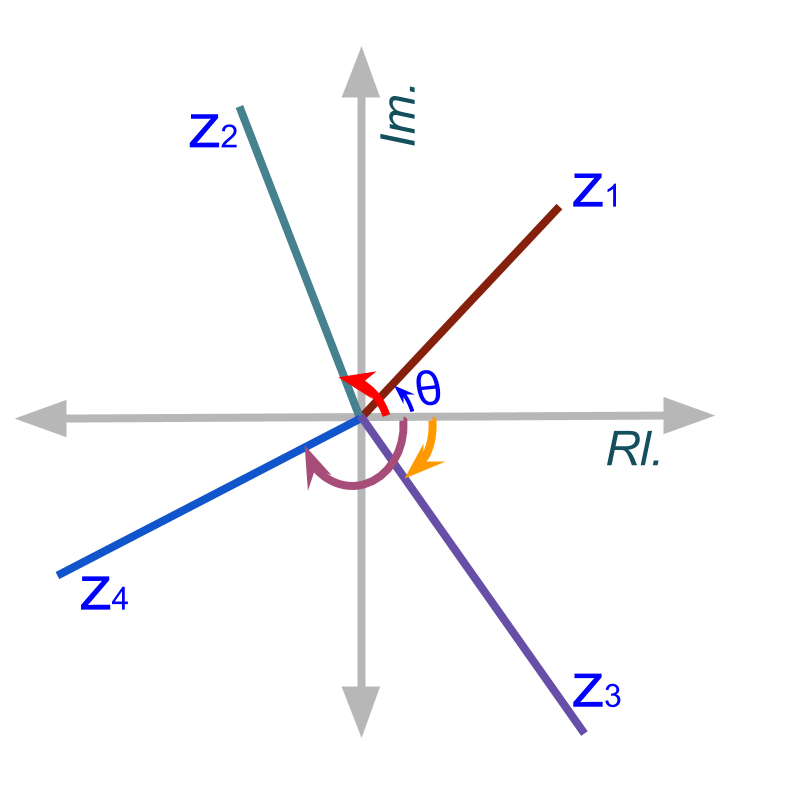
Given the complex numbers as shown in figure. The value of argument of complex numbers are
•
•
•
•
Find the principal argument of
The answer is ''
summary
Principal Argument: For a complex number , the principal argument of is given as , where
Principal argument of a complex number is in the range to .
polar form
While introducing the generic form of complex numbers , it was discussed an equivalent form . A quick revision of the same with complex plane is given here.

A number is equivalently given as where and .
is called the polar form or polar representation of the complex number.
Convert into polar form.
The answer is ''
summary
Polar Form: A number in the form is equivalently given as
where ,
.
Polar form of a complex number is
Outline
The outline of material to learn "complex numbers" is as follows.
Note : Click here for detailed overview of Complex-Numbers
→ Complex Numbers in Number System
→ Representation of Complex Number (incomplete)
→ Euler's Formula
→ Generic Form of Complex Numbers
→ Argand Plane & Polar form
→ Complex Number Arithmetic Applications
→ Understanding Complex Artithmetics
→ Addition & Subtraction
→ Multiplication, Conjugate, & Division
→ Exponents & Roots
→ Properties of Addition
→ Properties of Multiplication
→ Properties of Conjugate
→ Algebraic Identities